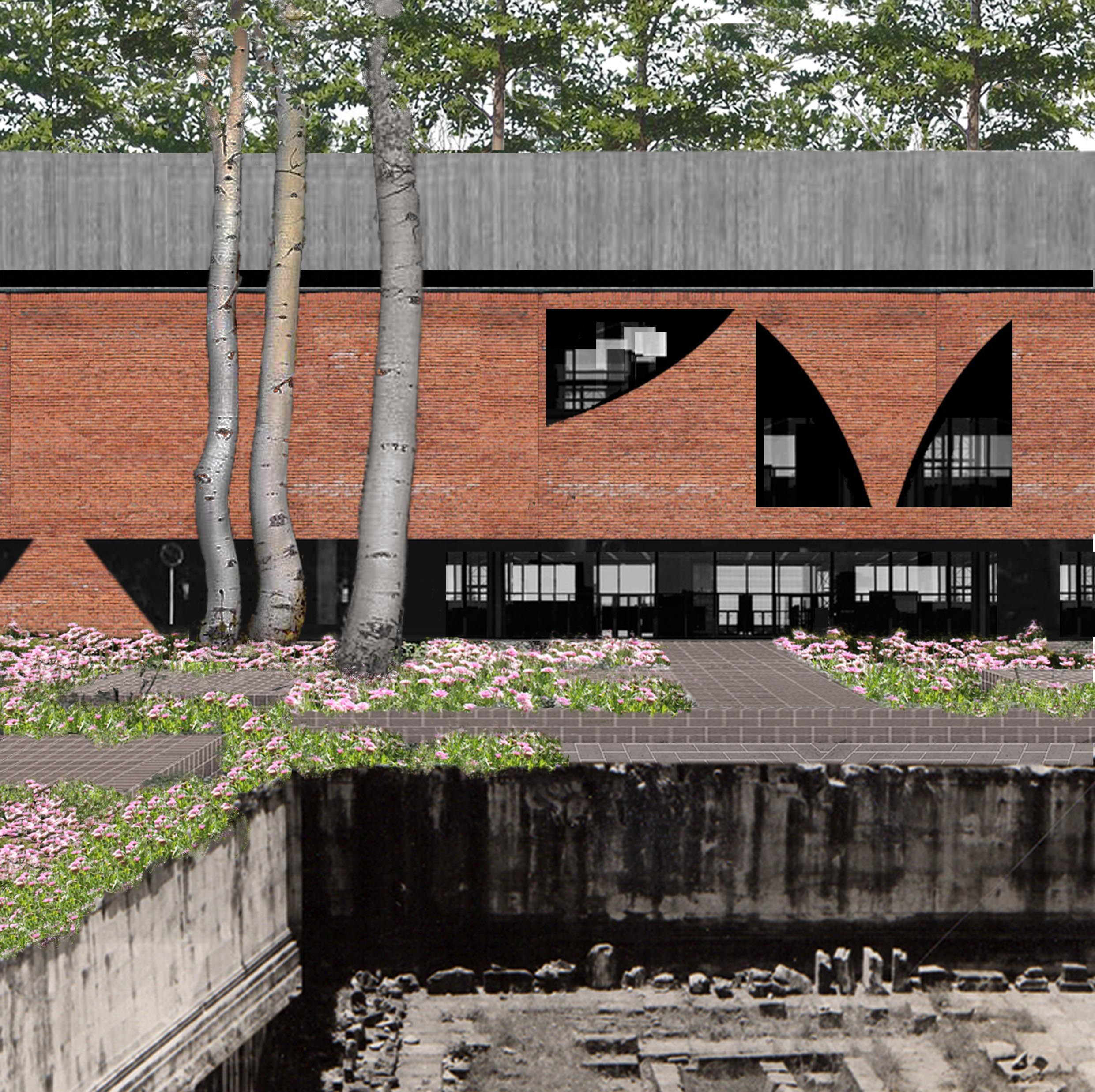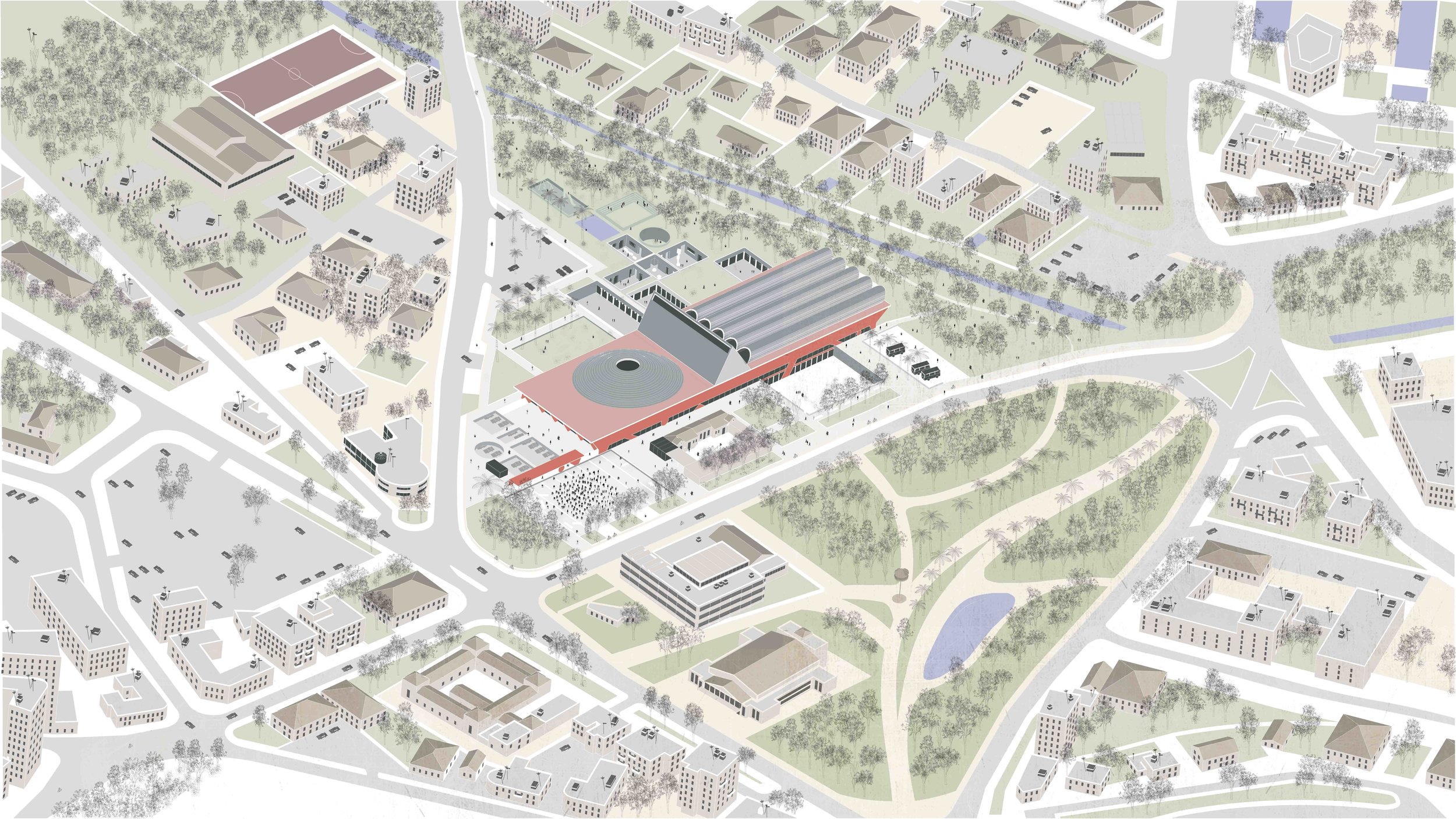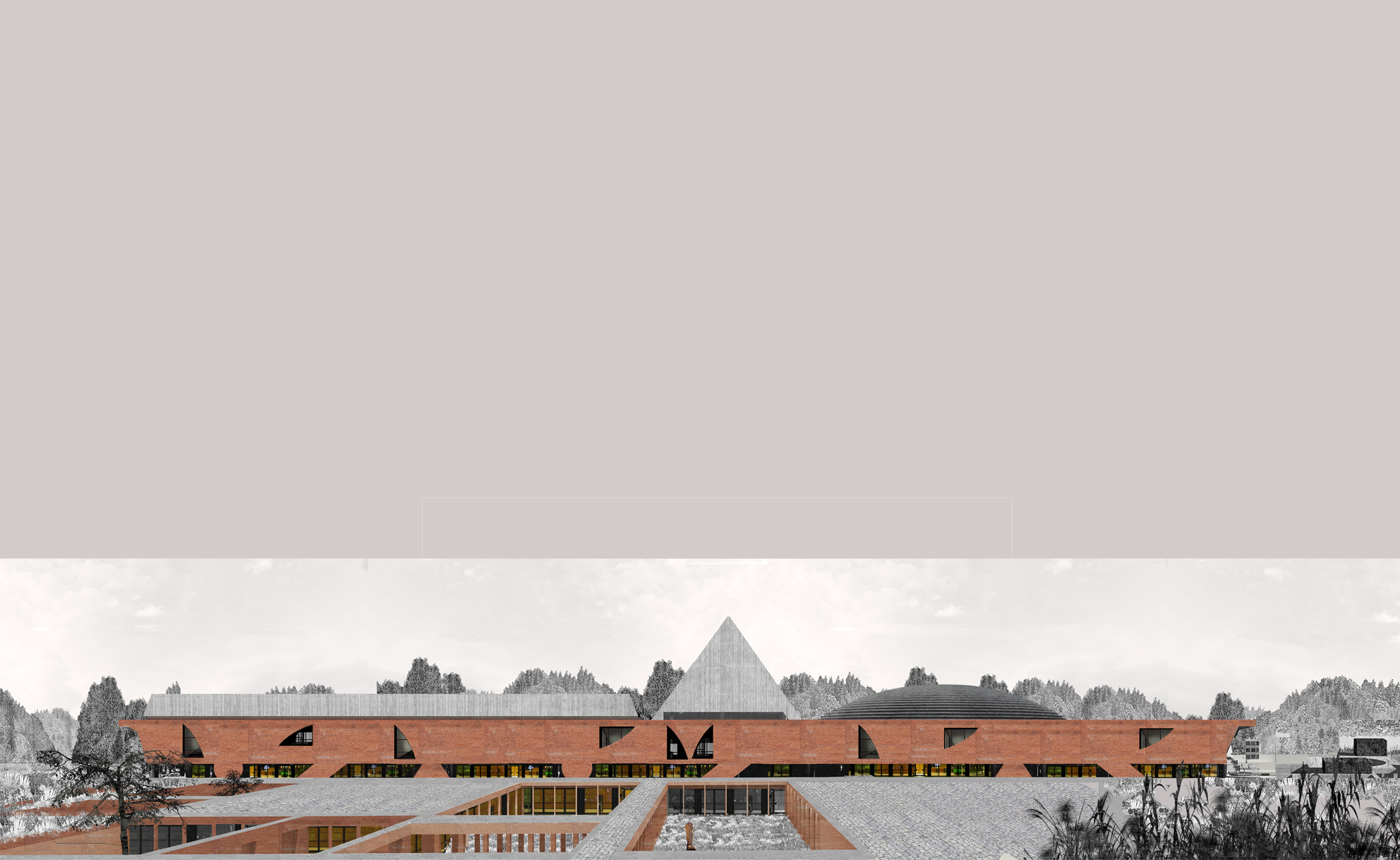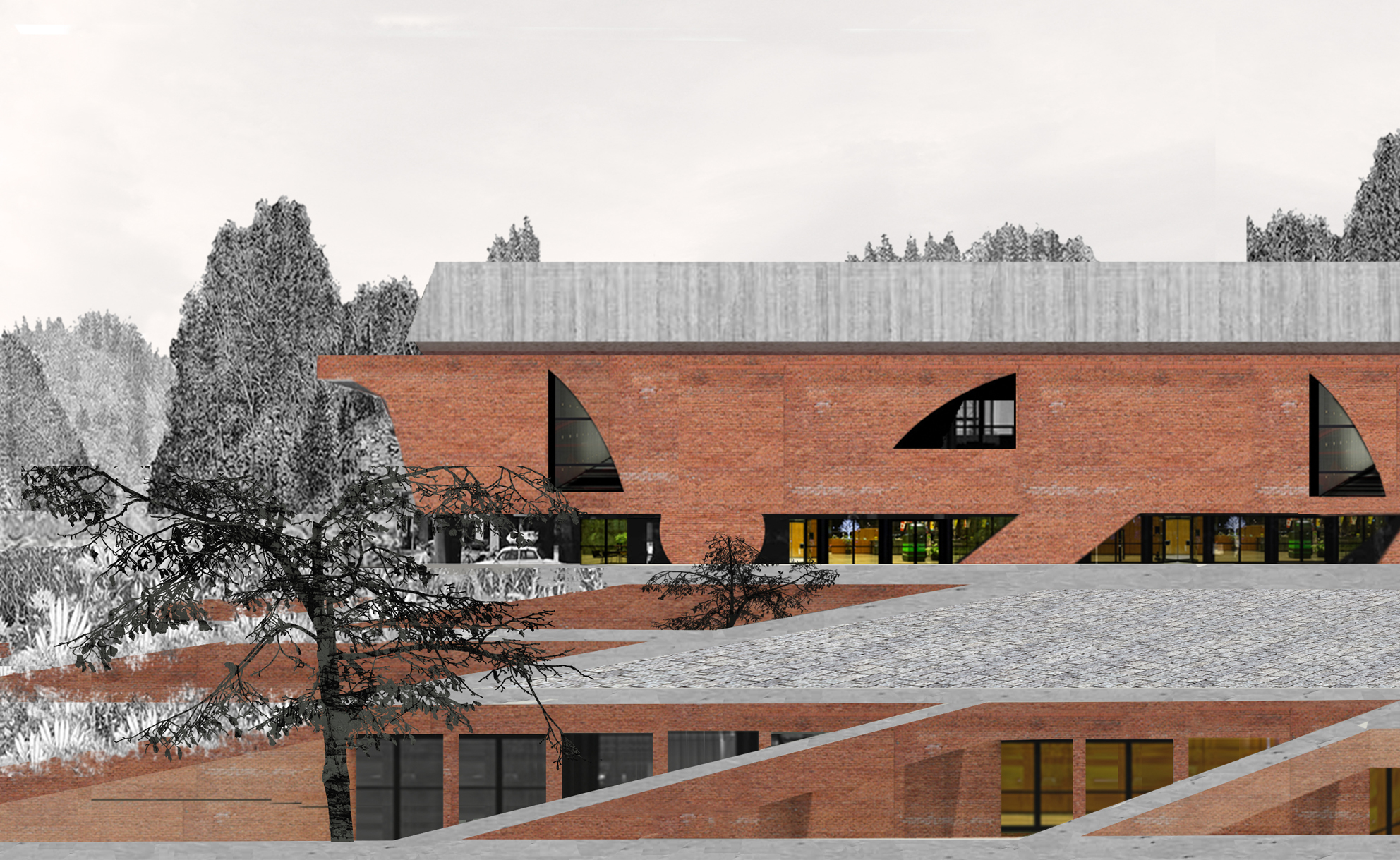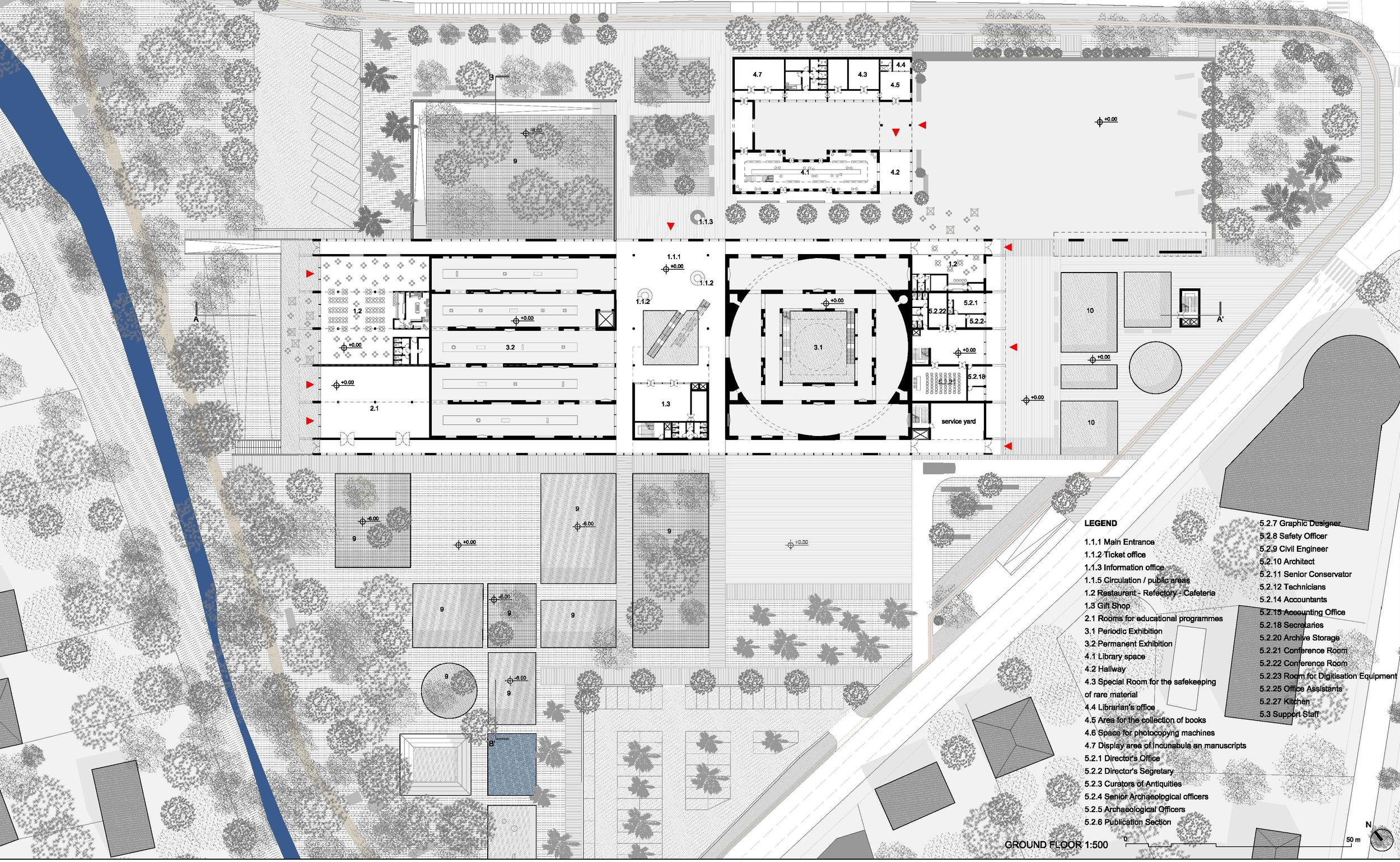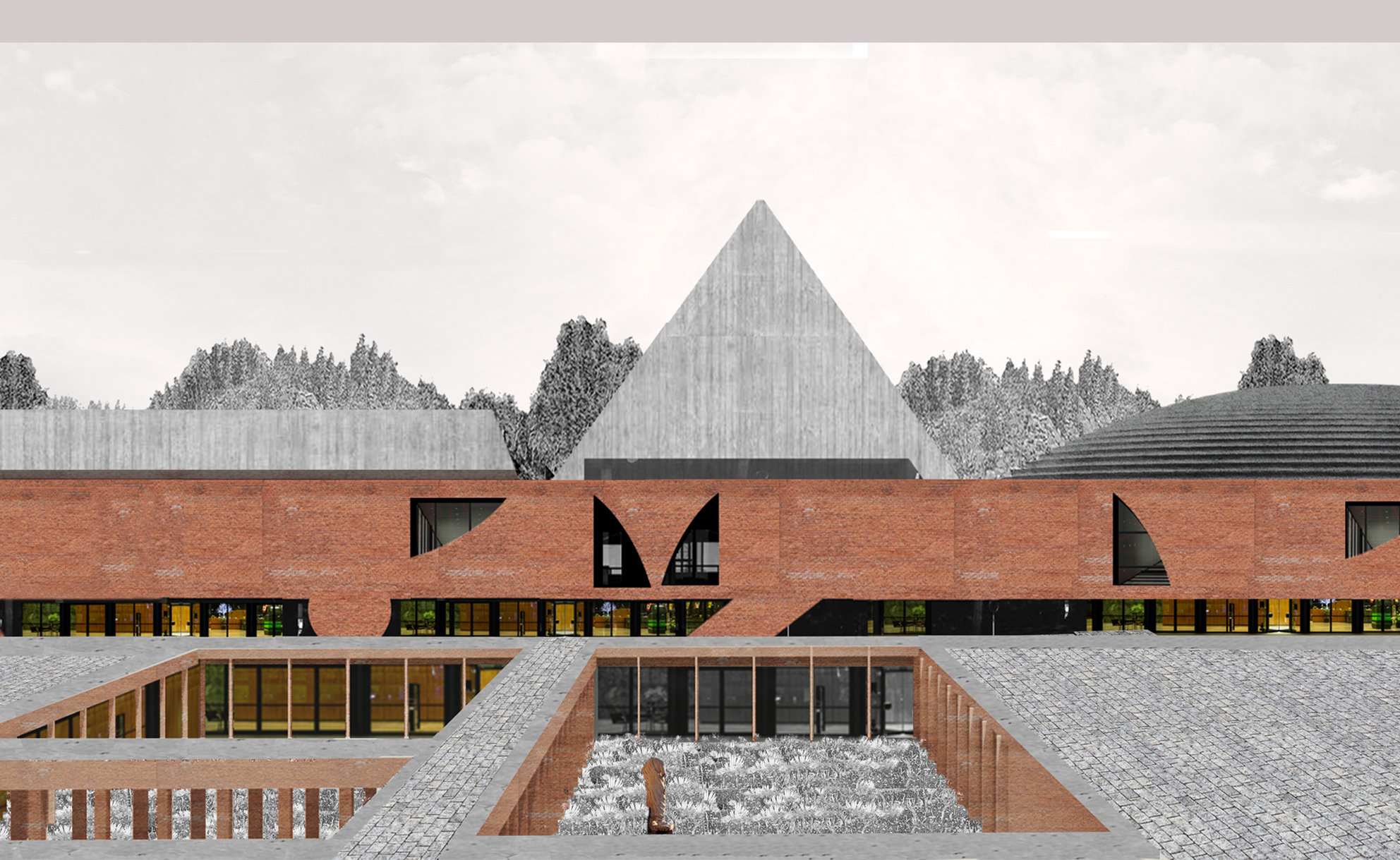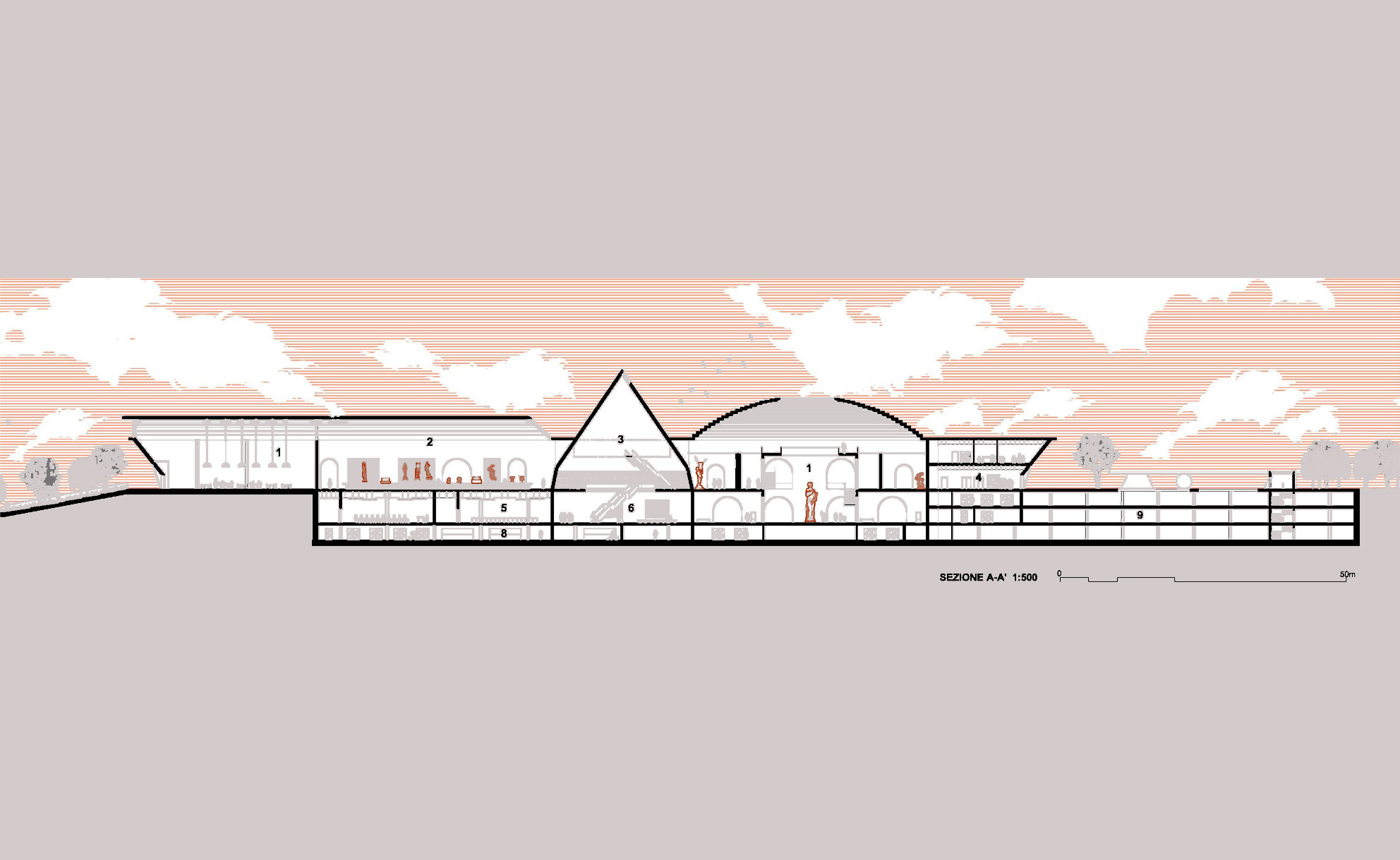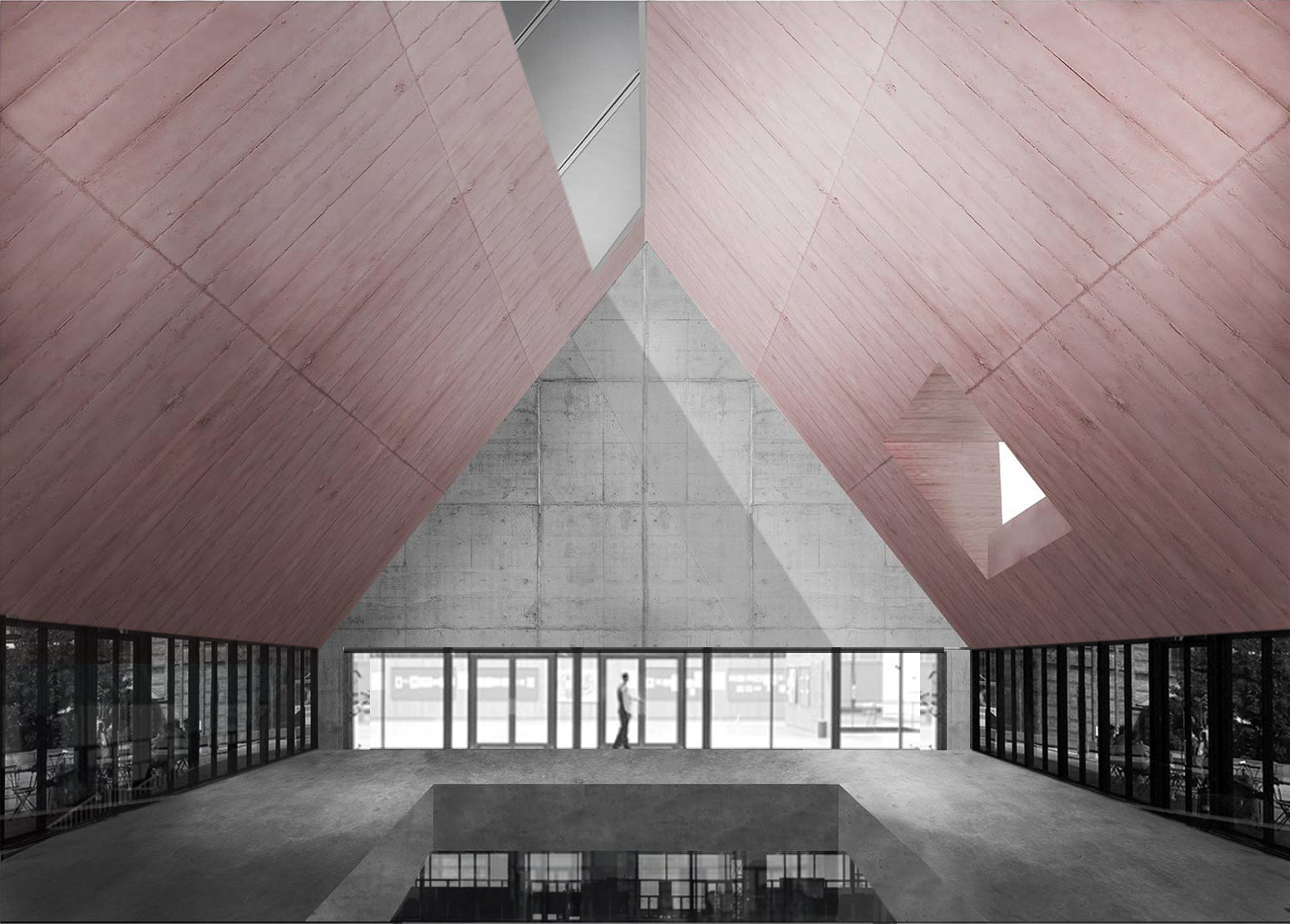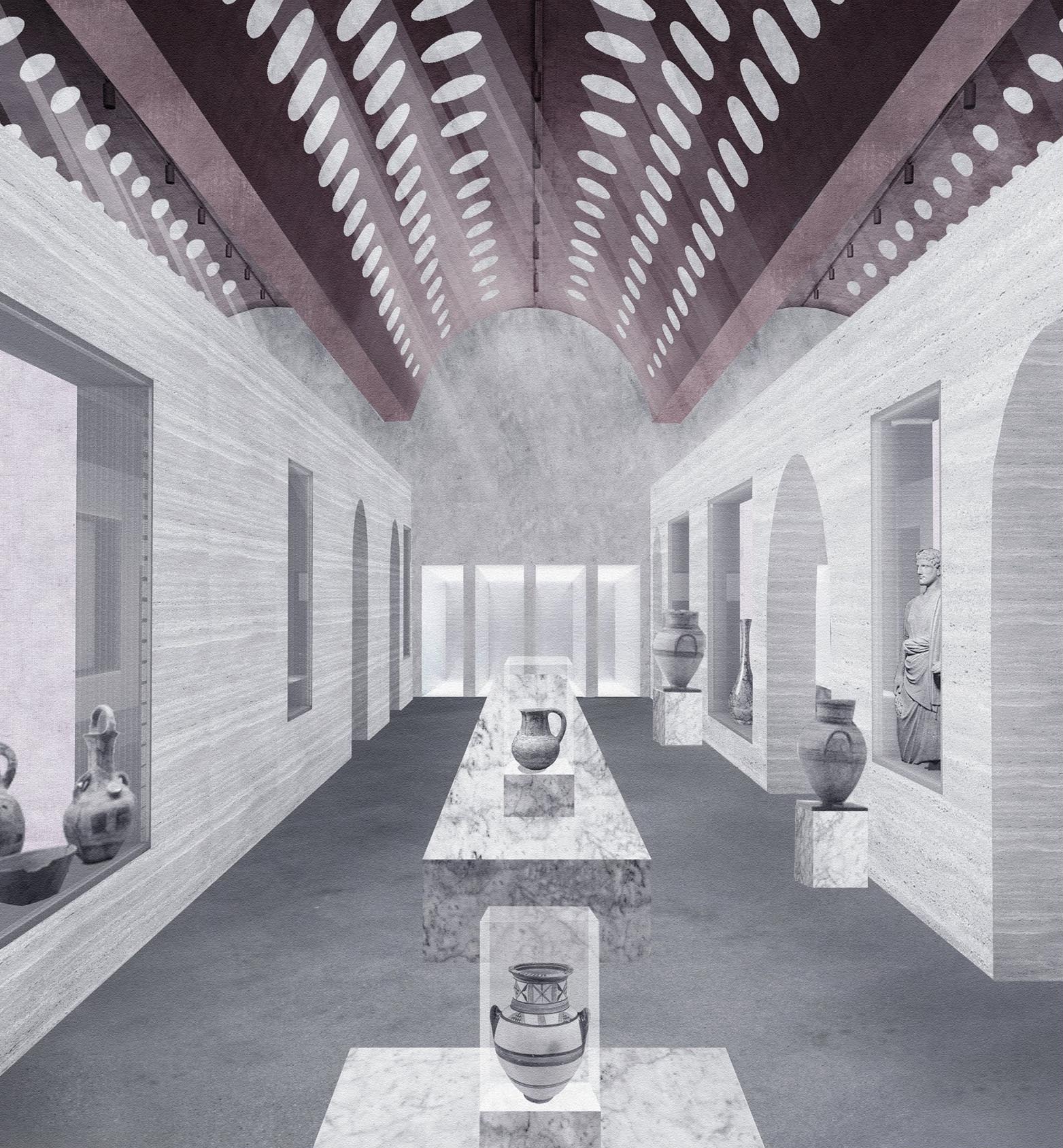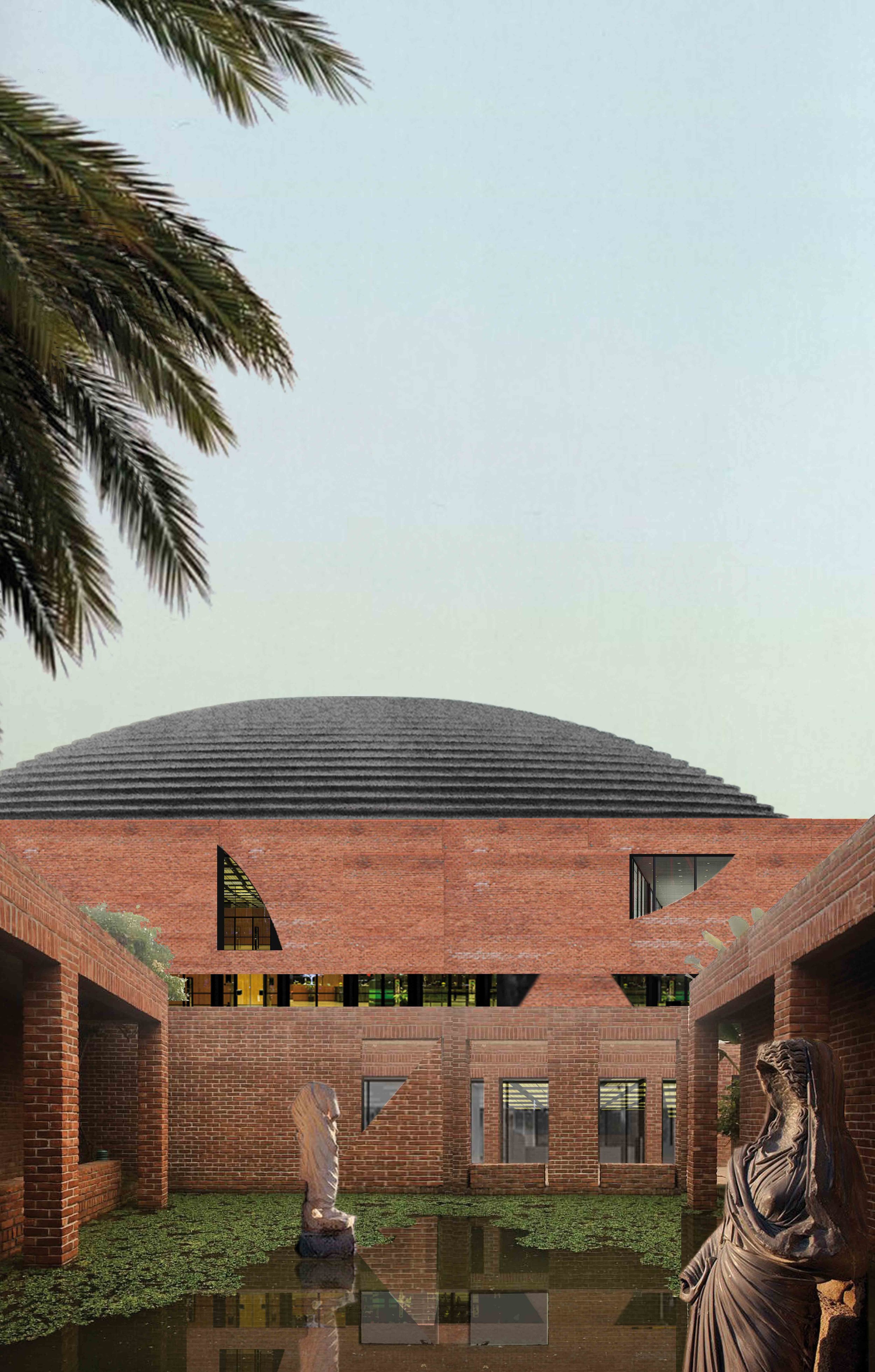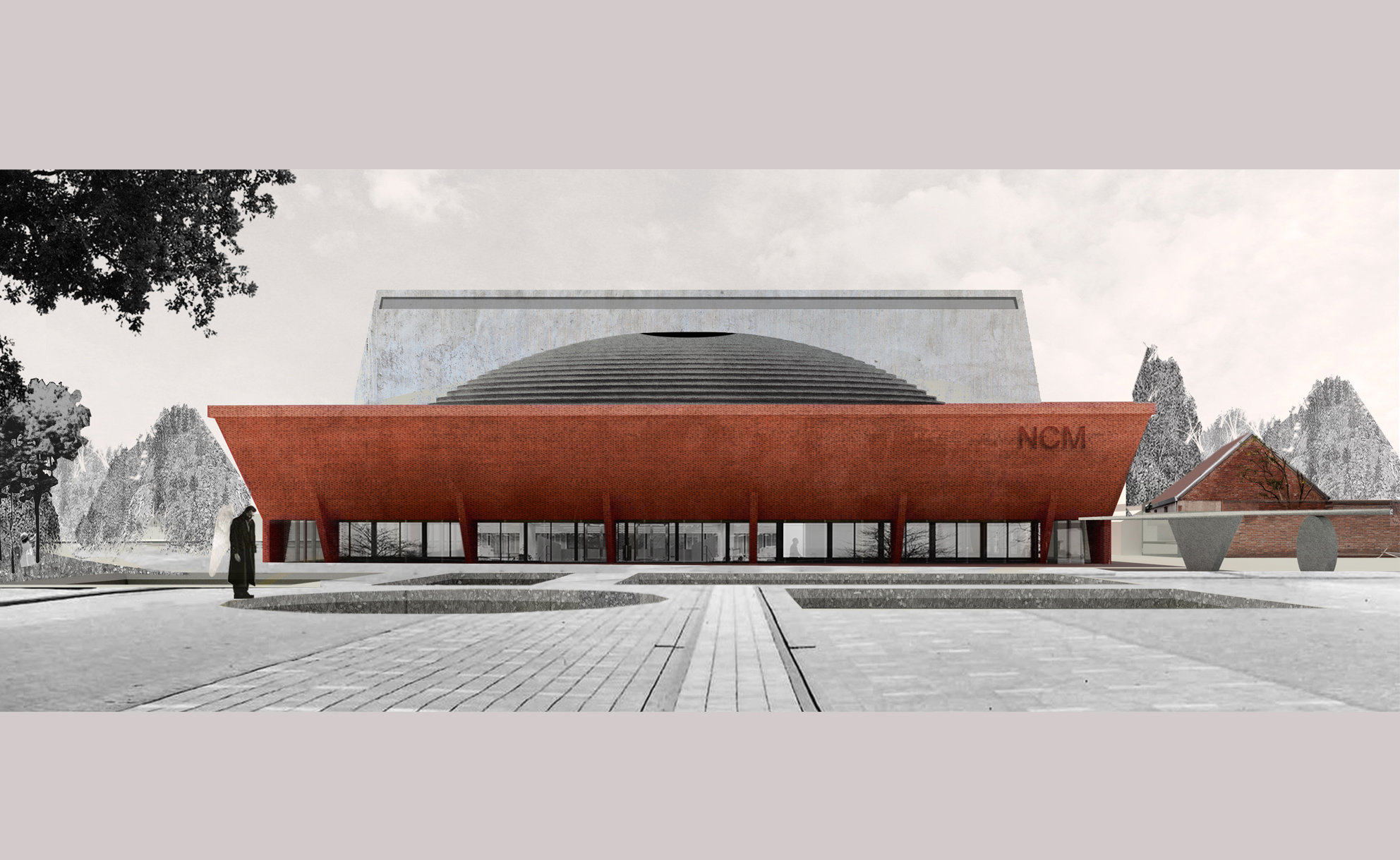New Cyprus Museum | Nicosia
with Constantinos Marcou
A museum is a bridge between past and future, a landscape of knowledge.
A geopolitical reading of the case of Nicosia reveals a capital city developed by the ethos of its own archaeology, infrastructure and landscape, which was ruptured by conflicts and by a series of historical and political events drawn by conflict. Beyond what at first seemed as a struggle for dominating territories, potential invisible lines were read even going back to medieval maps, that later on turned into human-made divisions. The Pedieos river, a landscape of great “archaeological value”, has somehow become a natural divide and later on, a part of it, into what the locals call “no-man’s land”: a dead zone and, to be more precise, the Buffer Zone inhabited by the UN. Then again for decades social memory has clung itself to the physical aspect of property issues and ownerships, neglecting the collective and what is or was part of the island’s identity prior to the geopolitical division. Even after the 1960s several museums were built, celebrating the one-dimensional aspect of the conflict, being mostly ethnocentric and presenting a singular reading of the history.
Beyond the political conditions of the conflict, traces of the past, places being poetically in absolute silence, a buffer zone inside the great Venetian Walls that surrounds the old city of Nicosia, monuments burdened heavily by national ideologies of either Greek Cypriots or Turkish Cypriots, artefacts of great historical and cultural value either buried in ruins, scattered or destroyed by the Colonization era, create voids of cultural significance and, more importantly, ecologies of exceptional natural importance – such as the Pedieos River – which have created another landscape of lost time and in parallel a landscape of lost and abandoned artefacts.
Taking into consideration these at first glance different yet related archaeological landscapes, or what the projects suggests as ecologies, these unexpected invisible lines that later on became part of the political identity and of the ethos of the city, the proposal for the New Archaeological Museum of Cyprus does not deal with the social aspect of conflict between these ecologies, rather it re-invents the potentiality of their liminal conditions and suggests a new reading of these ecologies through their physical aspects. The Museum is organized around a series of urban excavated rooms, conceived as the structure of the entire project between architecture and landscape.
The Venetian Walls, a circular wall that contains the old city of Nicosia, in architectural scale is characterized by liminal conditions and a set of voids and excavation points that are physically readable in both sides of the city, and thus are part of the everyday life of the locals. Beyond the physical and metaphorical nature of the voids, the extraterritorial character of the Pedieos river, as an infrastructure with a neglected natural landscape which is also part of the buffer zone – part of this “city” between “cities” or better yet an “island” between “islands” – can in fact be a starting point for a new typology for the New Archaeological Museum of Cyprus, which re-interpret these physical conditions and exists between these different ecologies, crucial for the lost artefacts and for the contemporary geopolitical condition. This is true not only for the city of Nicosia but for the whole Cyprus island.
The rooms are the metaphor of the Cypriot archaeological sites.
Beyond the collective trauma of the conflict, houses, the most private set of rooms, once privatised and inhabited by one singular owner, after the invasion became part of an exchange system of ownership between Greek-Cypriots and Turkish-Cypriots. Their original owners revisited them again once the check points re-opened a couple of years ago, grasping and searching for whatever physical fragments of their memory was saved.
The dialogue between void, nature and room as part of a new system for the collective can co-exist through a new typology of landscape, re-capturing and eventually becoming the most sacred of places, an infrastructure for hosting what is left: the artefacts of the museum and their cultural significance.

